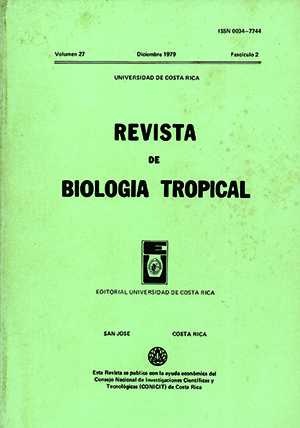Abstract
A comparative study of the pollen press and its associated structures in the bees of the family Apidae shows the following: 1) in the Meliponinae it is usually poorly developed; 2) in the Apini and Bombini it is well developed, with its surface extended into an auricle; 3) in the Euglossini it is also well developed but without an auricle. The pollen press is associated with an enlargment of the external and posterior border of the distal tibial foramen, forming a dome-like swelling: the tibial bulla.
References
Beling, I. 1931. Beobaehtungen über das Pollensarnrneln der Honigbiene. Areh. Bienenk., 12: 76-83.
Casteel, D.B. 1912. The behavior of the honeybee in pollen eolleeting. USDA, Bur. Ent., Bull., 121, 36 p.
Michener, C.D., M.L. Winston, & R. Jander. 1978. Pollen rnanipulation and related activities and structures in bees of the family Apidae. Kansas. Univ. Sci. Bull., 51: 575-601.
Sladen, F.W.L. 1911. How pollen is collected by the social bees, and the part played in the process by the auricle. Brit. Bee J., 39: 491-514.
Snodgrass, R.E. 1942. The skeleto-muscular mechanisms of the honey bee. Smithsonian Misc. Coll., 103: 1-120.
Snodgrass, R.E. 1956. Anatorny of the honeybee. Cornstoek Publishing Associates. Cornell University Press, Ithaea, New York. VII-XIV, 334 p.
Winston, M.L., & C.D. Michener. 1977. Dual origin of highly social behavior among bees. Proc. Nat. Acad. Sci. Wash., 74: 1135-1137.
##plugins.facebook.comentarios##

This work is licensed under a Creative Commons Attribution 4.0 International License.
Copyright (c) 1979 Revista de Biología Tropical


